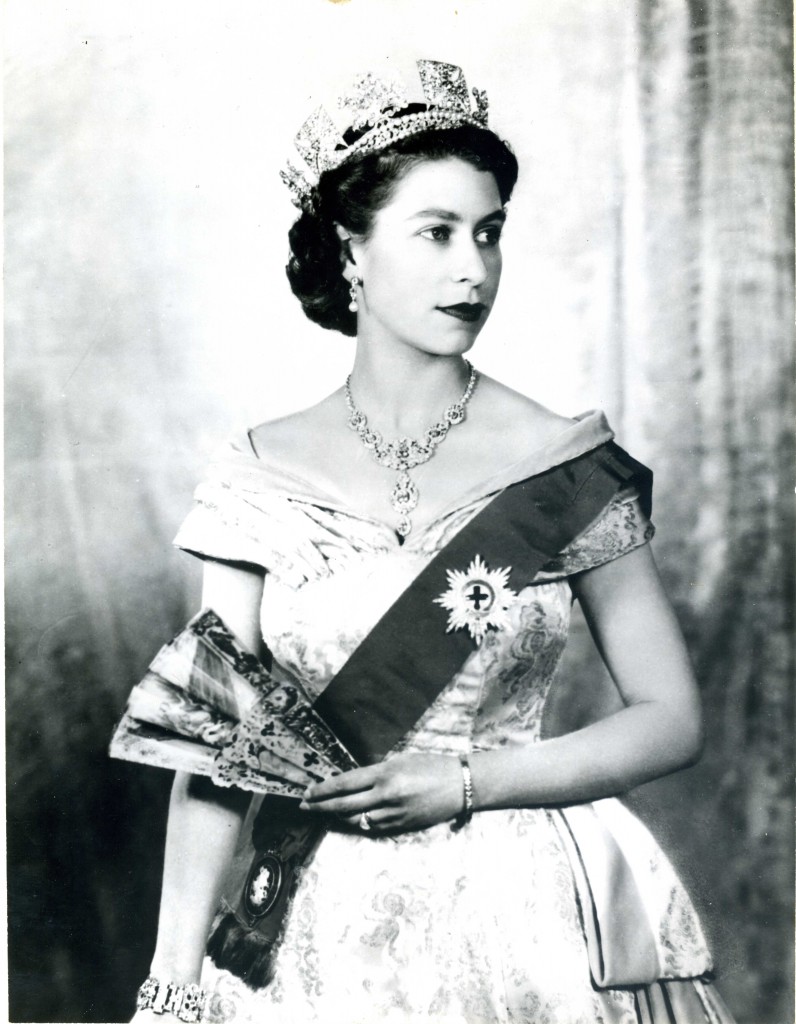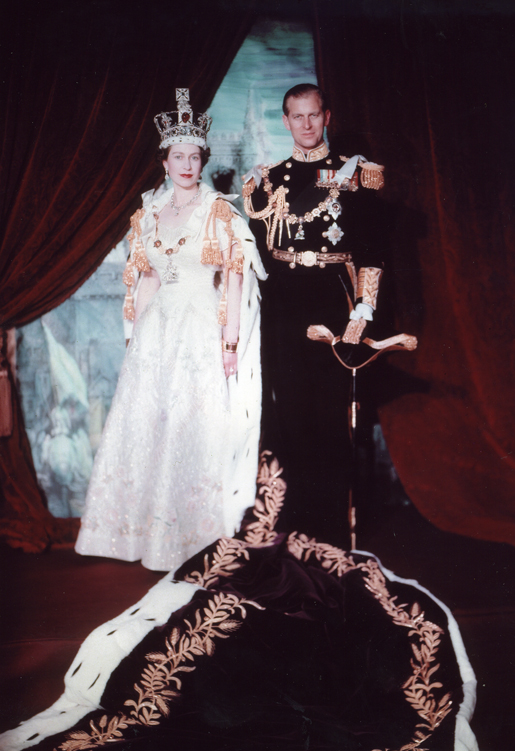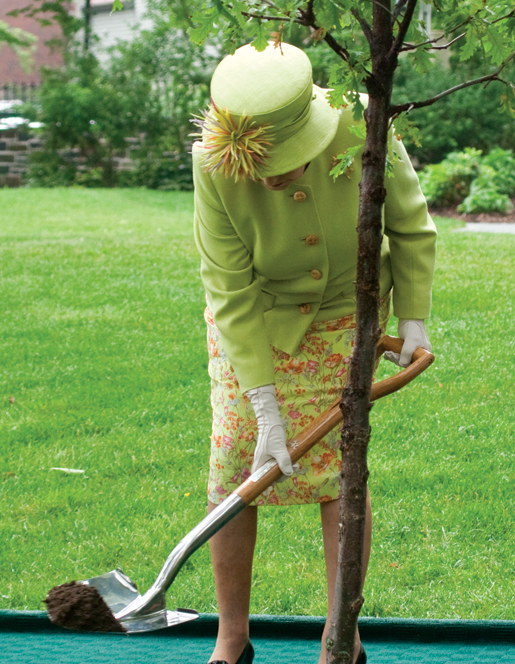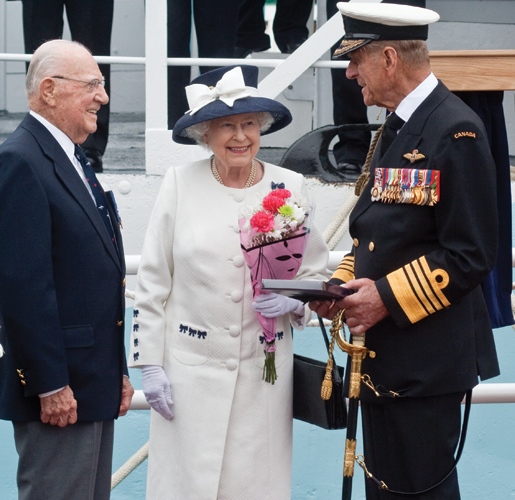“Time and again, Her Majesty marked Canada’s modern history.”
“Queen Elizabeth II was a constant presence in our lives,” said Prime Minister Justin Trudeau. “Time and again, Her Majesty marked Canada’s modern history. Over the course of 70 years and 23 royal tours, [she] saw this country from coast to coast to coast and was there for our major, historical milestones.”
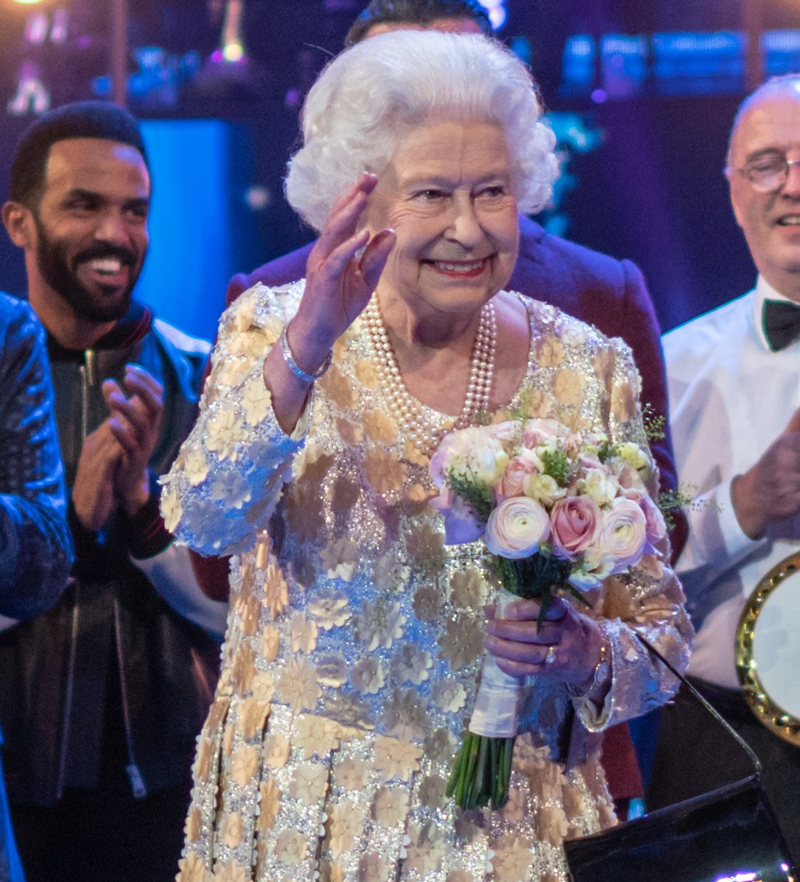
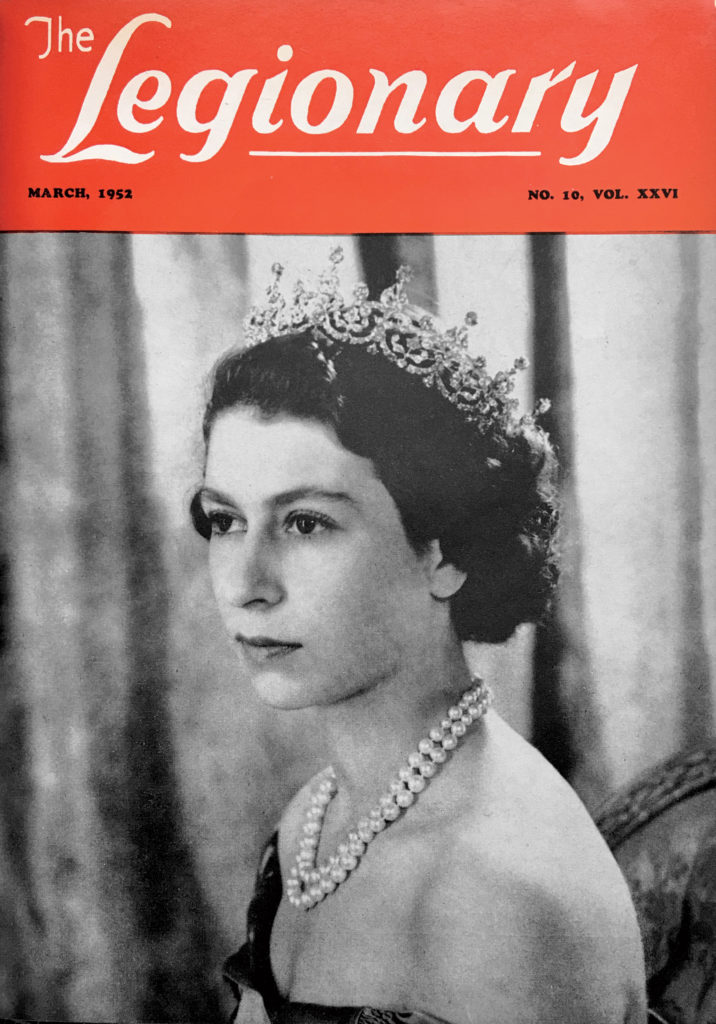
“My mother once said that this country felt like a home away from home for the Queen of Canada. It’s very good to be home.”
Canada held a special place for the Queen. On her last visit in 2010, she told a crowd waiting for her in Halifax in the pouring rain: “My mother once said that this country felt like a home away from home for the Queen of Canada. It’s very good to be home.”
At the time of her death, she was the only remaining person in British public service who had served in the Second World War.
Canadians got to know the young princess early. Elizabeth came to the fore of public attention on Dec. 10, 1936, when her father, the former Duke of York, became king following the abdication of his older brother Edward VIII. She was 10 years old.
At the time of her death, Queen Elizabeth II was the only remaining person in British public service who had served in the Second World War, noted former British prime minister Boris Johnson. During the darkest period of the war for Britain—the Blitz during the Battle of Britain—she and her sister, Princess Margaret, gave a radio broadcast addressing the children who had to evacuate from the cities. It raised the morale of British subjects. That was Oct. 13, 1940. Elizabeth was 14.
As the war progressed, she joined the Auxiliary Territorial Service, training to be a mechanic and driver.
Canadians got their first glimpse of the future Queen, then the Duchess of Edinburgh, when she and her husband Prince Philip visited in 1951. She would return 22 times, but her next visit was as Queen Elizabeth II, the Queen of Canada.
Both she and Prince Philip took an active interest in Canada’s military. As Canada’s head of state, she was officially the head of the Canadian Armed Forces, and the title Commander-in-Chief was bestowed on her viceregal representative, the governor general.
The Queen took honorary titles with many of Canada’s most distinguished army units.
The Queen took honorary titles with many of Canada’s most distinguished army units, serving as Colonel-in-Chief or Captain General of the Argyll and Sutherland Highlanders of Canada; the Calgary Highlanders; the Canadian Military Engineers; the Canadian Grenadier Guards; the Governor General’s Foot Guards; the Governor General’s Horse Guards; the King’s Own Calgary Regiment; Le Régiment de la Chaudière; the Royal New Brunswick Regiment; the Royal Regiment of Canadian Artillery; the Royal 22e Régiment; the 48th Highlanders of Canada; the Canadian Armed Forces Legal Branch; the Stormont, Dundas and Glengarry Highlanders; and the North Shore (New Brunswick) Regiment.
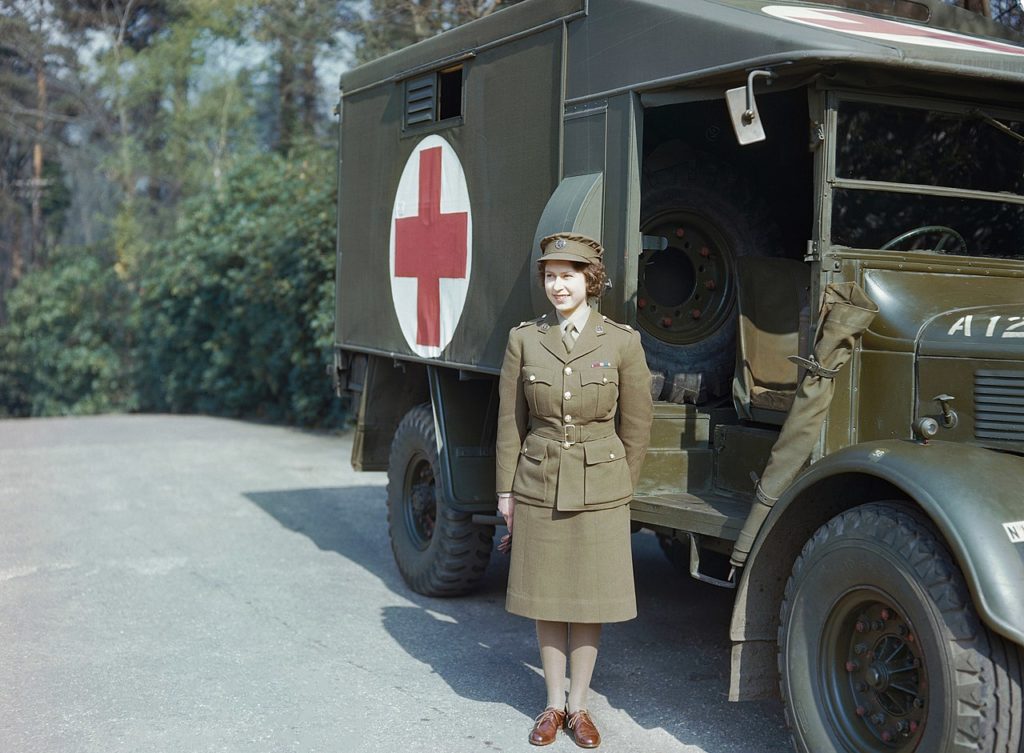
The Queen had always also taken a great interest in veterans and their needs.
The Queen had always also taken a great interest in veterans and their needs—they always had their own place in most public gatherings to see her. She would usually make it a point to personally greet some of them. For many years, Prince Philip served as the grand president of the British Commonwealth Ex-Services League, later the Royal Commonwealth Ex-Services League, which provides financial assistance to Commonwealth veterans from outside Britain who served in the military, then returned to their impoverished homelands.
“We will never forget her generous patronage and what her support has brought to our organization,” said Royal Canadian Legion Dominion President Bruce Julian.
In 1961, the prefix “royal” was added to the organization’s name with the Queen’s consent. Julian said that with the accession of King Charles III, the Legion’s ties to the monarchy and the Commonwealth will remain strong and will be embodied in Governor General Simon, the organization’s current viceregal patron.
An excellent equestrian, the Queen soon had Burmese calmed down.
The Queen also took a great interest in the Royal Canadian Mounted Police, where she served first as Honorary Commissioner and then, in 2012, became Commissioner in Chief. The RCMP gave the Queen eight horses over the years. Most were born in the RCMP stables in Saskatchewan and trained in Ottawa. The first, named Burmese, became her favourite and she often rode it during the annual Trooping of the Colour parade in London.
During the parade in 1981, a lone shooter fired six shots—all blanks—at the Queen. The attack caused the Horse Guards she was riding with to close ranks around her until the culprit was apprehended. Burmese mistook the action and, fearing for the safety of its master, charged at the guards. An excellent equestrian, the Queen soon had Burmese calmed down.
Later, the RCMP also presented her with a horse named Centennial. In 1992, the Queen was again in Ottawa to unveil a statue on the lawn of Parliament Hill of herself riding Centennial. The statue was created by West Coast artist Jack Harman. It has since been moved to outside Rideau Hall as a temporary measure while extensive restoration work is done on the Parliament Buildings.
“Better days will return; we will be with our friends again; we will meet again.”
During her 2010 visit to Canada, she and Prince Philip inspected Canada’s warships as part of an International Fleet Review to mark the Royal Canadian Navy’s centennial. It is a royal tradition, dating back to the end of the Seven Years War.
In a constant drizzle, she and Philip boarded HMCS St. John’s, one of Canada’s frigates, to cruise Halifax Harbour visiting many Canadian navy ships, which had been joined by several others from allied countries. Among them were the Royal Navy’s aircraft carrier HMS Arc Royal, the United States navy’s USS Wasp, an amphibious assault ship, and USS Gettysburg, a guided missile cruiser. Other vessels from Brazil, Denmark, France, Germany and the Netherlands were also on hand.With flags and pennants flying, the crews in each ship lined their decks, shouting three cheers for the Queen. At the end of the inspection, HMCS Athabaskan (3rd) gave a 21-gun salute.
Canadians had no way of knowing that would be her last trip to Canada after age and health required her to abandon all overseas travel. Still, she continued a busy schedule of appearances and meetings until the week she died.
During pandemic related lockdowns in 2020, she reassured members of the Commonwealth everywhere. Most notable was her television address on April 5, 2020, which was seen by nearly 24 million viewers around the world. At its conclusion, she noted: “We should take comfort that while we may have more still to endure, better days will return; we will be with our friends again; we will be with our families again; we will meet again.”
The last phrase is from the chorus of a wartime song popularly sung by Vera Lynn that became a favourite among those serving in the Second World War and their loved ones.
Though she has not been in Canada since 2010, she made sure she was represented in the country during important occasions. This past May, Prince Charles, now king, and his wife, the Duchess of Cornwall, toured Canada to celebrate the Queen’s Platinum Jubilee, her 70th year as monarch.
In those seven decades, she brought a monarchy—filled with traditions that are centuries old—into the 21st century. The Queen was quick to adapt to new media, from radio and television to social media, including Twitter, Instagram and Facebook.
“She made sacrifices for duty,” said her son, King Charles, of his mother during his inaugural address as sovereign. “In her life of service we saw that abiding love of tradition, together with that fearless embrace of progress, which makes us great as nations.”
Advertisement










